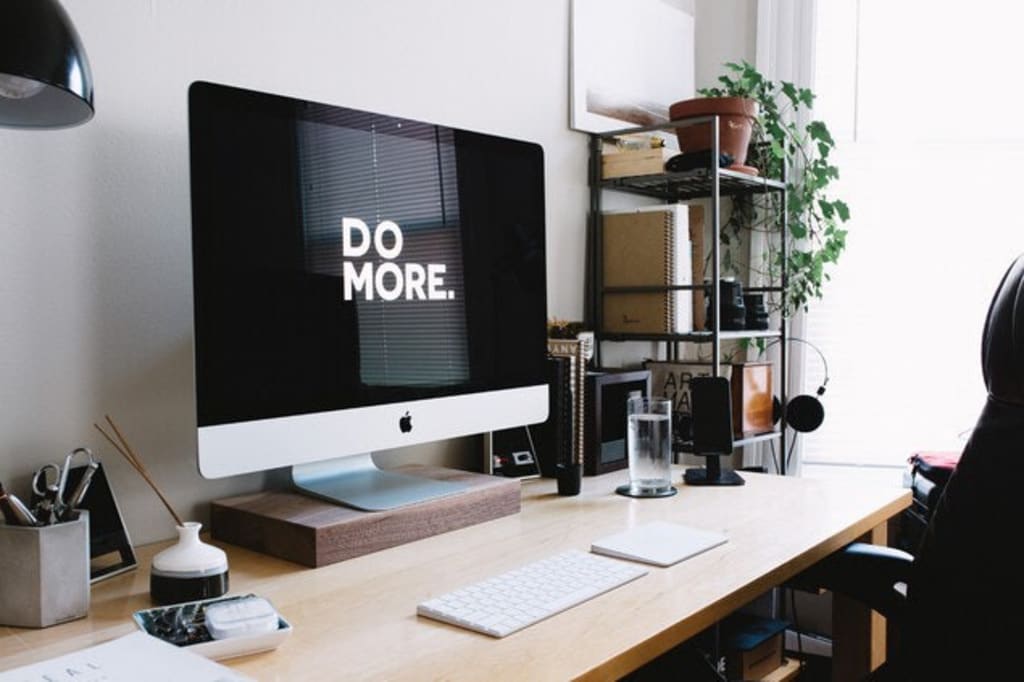The 9 To 5 Workday Is A Relic Of The Industrial Revolution. The Post Pandemic Digital Age Needs Us Reorient Our World For Anytime,Anywhere Work
We need to discard the ecosystem we built our lives around the 9 to 5 workday, to prepare for the anytime, anywhere work models of the post pandemic Digital Age

The Industrial Revolution of the 19th and the early 20th century gave us the 9 to 5 workday. We built our societies around the morning to evening workdays and our parents ordered their lives around the 8 hour workday. From public transport systems that functioned from dawn to dusk and schools and daycare centers that remained open in a way that parents could drop their children on the way to work and pick them up after office hours, to the restaurants and other support systems which catered (literally and figuratively) to their clientele according to the working hours, modern societies functioned according to the 9 to 5 clocks of the traditional workday.
Moreover, the 5 day week that the West adopted and the rest followed later, was a “neat” separation of work lives and fun time and was also a consequence of the Industrial Revolution. In addition, labor laws were codified such that workers had to be paid overtime for any work beyond the 8 hours that were contractually obliged to work. Indeed, it can be said that the edifice of Western life and which other industrializing nations followed was built around the 8 hour workday. The Industrial Revolution has run its course and with the emergence of the Digital Age, also known as the Fourth Industrial Revolution, the Digital Natives, or those born with a Smartphone in their hands, are ushering in Anytime, Anywhere working and hence, the Next Shift or the reorientation of societies around this emerging model is happening worldwide.
Some of the features of the 24/7 availability and anytime, anywhere working model are professionals who start and end their workdays according to the needs of their work models and not predetermined in the way our parents divided their work and leisure times. Silicon Valley veterans and novices alike sometimes start at dawn (or even before that) and work late into the night, as per the exigencies of the situation. At the same time, some of them aslo rise early and finish early, with no clear demarcation that they should work for a specified number of hours or during so and so times. In addition, Remote work means the “death of distance” as employees can be based anywhere worldwide and work across Time Zones, unlike our predecessors for whom work meant going to a physical office and “clocking” (literally in some cases as punching devices were in vogue) 8 hours per day.
So, what we need is a reorientation of our societies around the emerging Remote and anytime work arrangements. Moreover, an interesting impact of the Pandemic is that it has ushered in the Digital Age and has “accelerated” the shift towards New Age work and life models. Indeed, with WFH or Work from Home becoming the norm and with seamless connectivity, there is no real reason why we should persist with the “outdated” 9 to 5 work day and stick to the 8 hour working day model. More so when this model is redundant in cases where the workforce is spread across locations and time zones. In addition, productivity measures too have changed as it is no longer about making x units in y hours and rather, the emphasis is on deliverables that can be completed according to the individuals’ innovative abilities and cognitive faculties.
In short, productivity measures too are changing and with them, the notion of a typical workday will change as well. However, it is not that the end of the 9 to 5 workday and the fixed 8 hour work model is leading us to a better future. Rising stress levels and the increasing cases of burnout among the Digital Natives (Millennials and Gen Zers) are leading to trends such as The Great Resignation. Moreover, WFH has ended the separation of personal and professional lives and this is leading to greater angst and overworked employees In addition, always on work models means that sleep cycles are disturbed leading to detrimental effects on employee well being. No wonder the past edition of the Olympics saw some high profile dropouts midway like Noami Osaka and Simone Biles. So, it is not as though we are in for a “better” future with the end of the 9 to 5 workday. Just that we need our systems to reorient themselves for the emerging paradigms of living and working.
Last, the pandemic has led to widespread job losses among the Industrial workforce as well as the Knowledge workers. It has also led to more Gig workers who find the flexibility and the convenience of working at their own pace better than fixed and full time work. So, we need to prepare for these “shifts” in our work models. New laws regulating the Gig economy and protecting Gig workers are on the anvil in the West. So are strict laws against contacting employees after work hours. As the “flux” engendered by the pandemic continues to swirl around us, we need our policymakers to respond accordingly and prepare for the Fourth Industrial Revolution that is underway. Ways and means of dealing with these changes was the topic of the previous edition of the WEF or the World Economic Forum in Davos. Hopefully, we would “transition” our world to the Digital Age smoothly and avoid the chaos and tumult that the First Industrial Revolution caused in the 20th Century.
About the Creator
Rammohan Susarla
Writer seeking metaphysical fulfillment by publishing meditations and ruminations about the world.
I am a Techie turned Business Analyst who found his true calling as a writer this journey spanning 12 years has been incredibly rewarding.





Comments
There are no comments for this story
Be the first to respond and start the conversation.